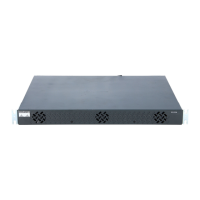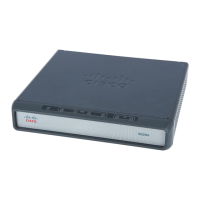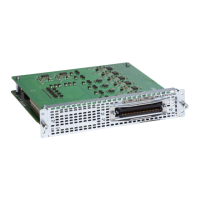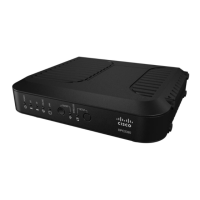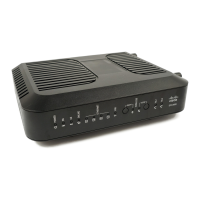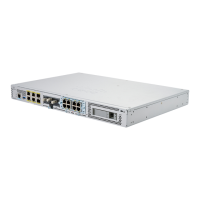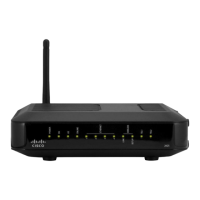Using the Command-Line Interface in Cisco IOS and Cisco IOS XE Software
Using the CLI
xi
To use one of these output modifiers, type the command followed by the pipe symbol (|), the modifier,
and the regular expression that you want to search for or filter. A regular expression is a case-sensitive
alphanumeric pattern. It can be a single character or number, a phrase, or a more complex string.
The following example illustrates how to filter output of the show interface command to display only
lines that include the expression “protocol.”
Router# show interface | include protocol
FastEthernet0/0 is up, line protocol is up
Serial4/0 is up, line protocol is up
Serial4/1 is up, line protocol is up
Serial4/2 is administratively down, line protocol is down
Serial4/3 is administratively down, line protocol is down
Understanding CLI Error Messages
You may encounter some error messages while using the CLI. Table 5 shows the common CLI error
messages.
For more system error messages, see the following documents:
• Cisco IOS Release 12.2SR System Message Guide
• Cisco IOS System Messages, Volume 1 of 2 (Cisco IOS Release 12.4)
• Cisco IOS System Messages, Volume 2 of 2 (Cisco IOS Release 12.4)
Ta b l e 5 Common CLI Error Messages
Error Message Meaning How to Get Help
% Ambiguous command:
“show con”
You did not enter enough
characters for the command to
be recognized.
Reenter the command followed by a
space and a question mark (?). The
keywords that you are allowed to
enter for the command appear.
% Incomplete command. You did not enter all the
keywords or values required
by the command.
Reenter the command followed by a
space and a question mark (?). The
keywords that you are allowed to
enter for the command appear.
% Invalid input detected at “^”
marker.
You entered the command in-
correctly. The caret (^) marks
the point of the error.
Enter a question mark (?) to display
all the commands that are available in
this command mode. The keywords
that you are allowed to enter for the
command appear.
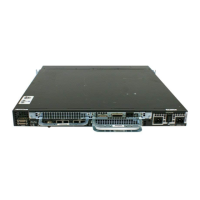
